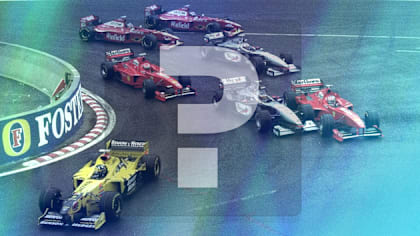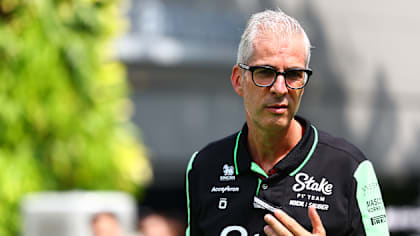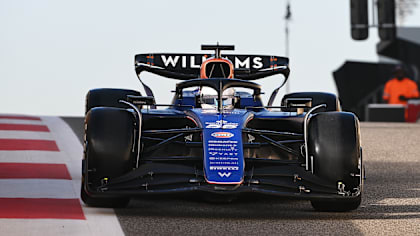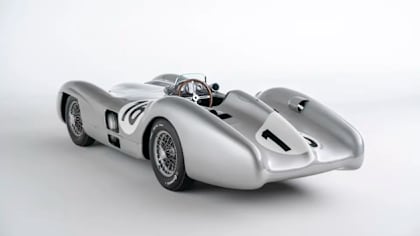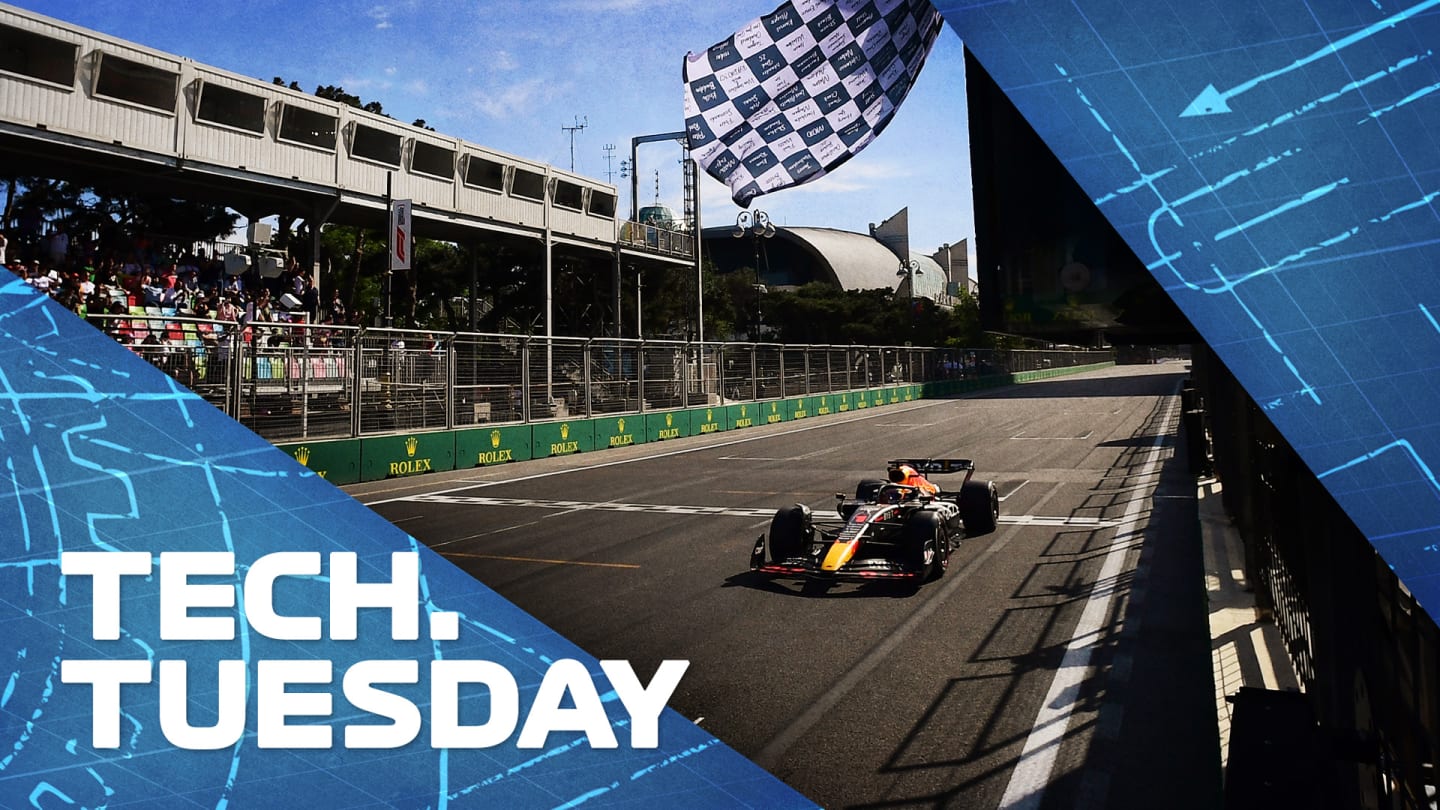
Technical
TECH TUESDAY: The clever Red Bull underfloor that has made porpoising less of a problem on the RB18

Share

Mark Hughes looks at how the Red Bull underfloor design might have made the team less prone to porpoising in Azerbaijan, with technical illustrations from Giorgio Piola.
Baku revealed the extent to which porpoising is still being suffered by many cars, but it was notable that the victorious Red Bull was not significantly compromised by the phenomenon, as has been the case since the beginning of the season.
As such, the RB18’s underfloor design – which is notably different in both concept and detail to that of their main rivals Ferrari – is generating a lot of attention now that more of it has been revealed following Sergio Perez’s accident in Monaco qualifying.
Before looking at the specific details of the floor, perhaps the most significant aspect of its design is how its tunnel roof appears to be higher and more arched than those of other floors. Potentially, this should make it intrinsically less stall-prone.
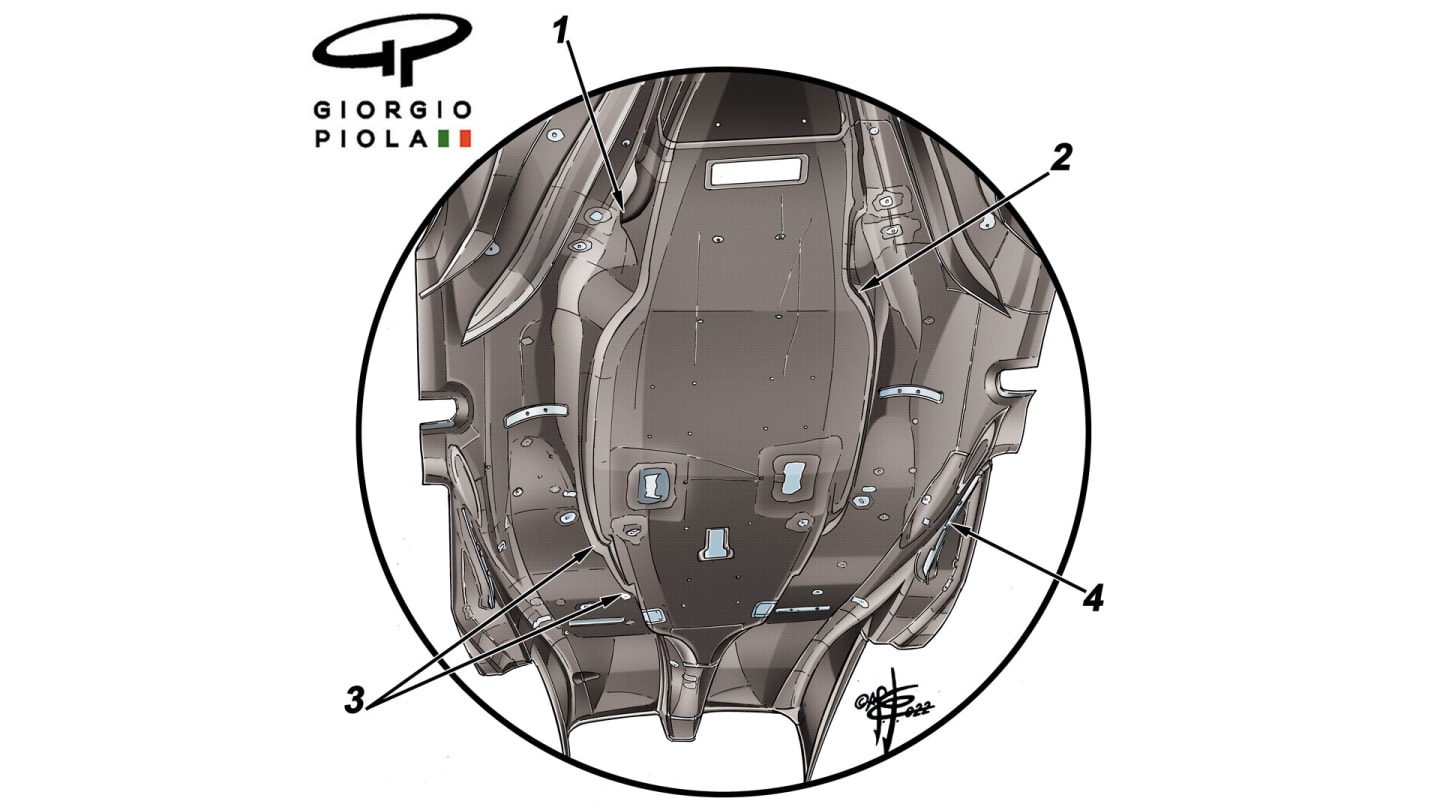
The keel in the Red Bull underfloor is less pear-shaped than other cars, with specific contouring (1, 2, and 3). It would appear the Red Bull tunnels are therefore allowing for greater variability in pressure as the ride height falls and rises according to the car’s speed. The inlet vanes also vary in geometry along their length, suggesting they are carefully matched with the tunnel roof to equalise the pressure in that forward part of the tunnel. The 'ice-skate' feature (4) is a metal underfloor wing.
As the speed of the car increases it is pulled closer to the ground and the ground effect – which is derived from the air rushing through the small gap of the lowest part of the tunnel to fill the lower-pressure higher area behind – becomes more powerful. As the gap closes to the last few mm, the speed of the airflow – and therefore the amount of downforce – increases exponentially.
The hazard is that it can become so close to the ground that the airflow stalls, triggering porpoising. A higher roof should make the downforce less height-sensitive, even if its theoretical peak downforce is lower. It is the expansion of the air in the bigger volume behind the small gap (between the tunnel and track surface) which is creating the lower pressure behind the gap which the air is rushing to fill.
As the car lowers, this roof would appear to allow for greater expansion of the air and therefore less chance of the gap becoming blocked by excess pressure.
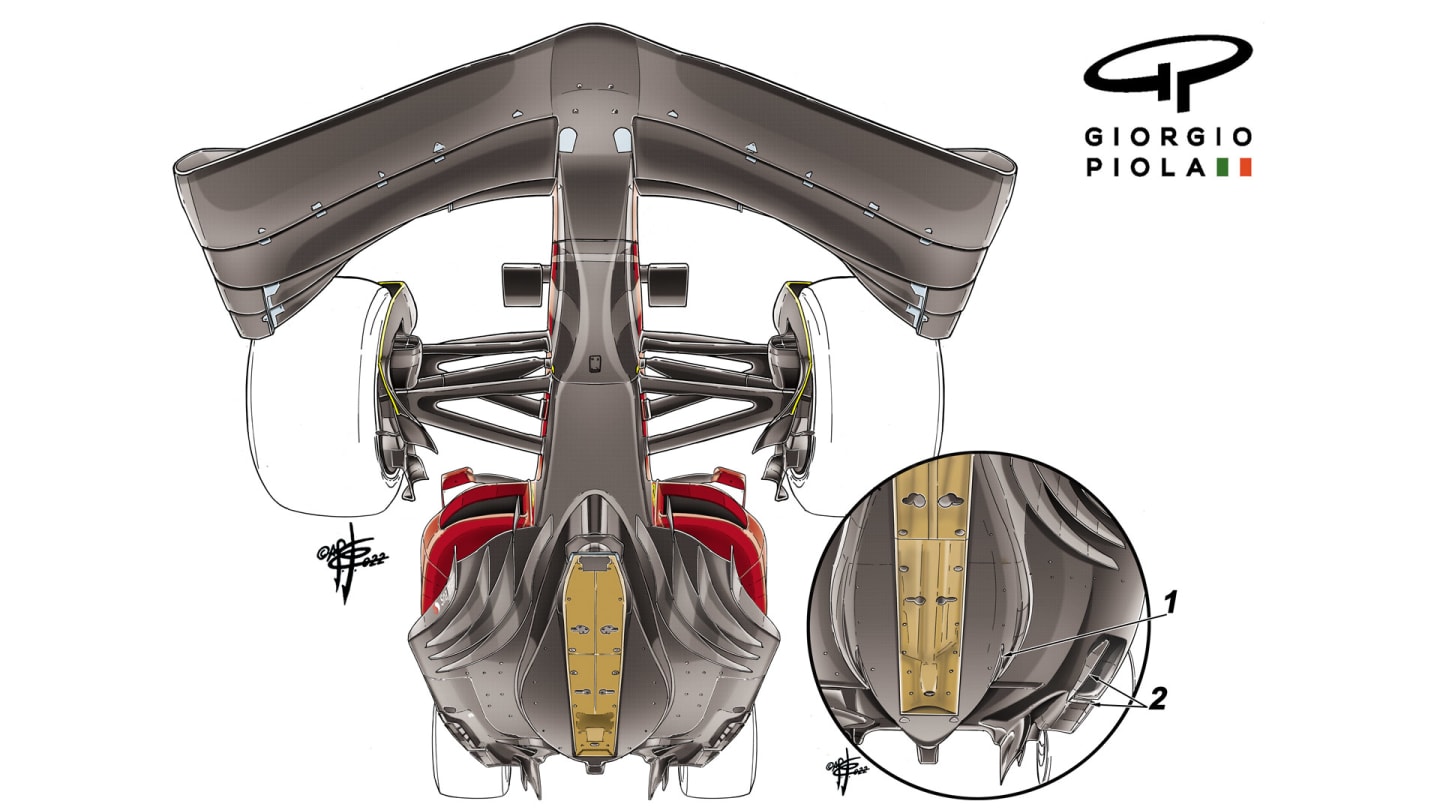
Ferrari's flat central keel is uniformly pear-shaped and less intricate than the Red Bull’s.
But even within that general layout, there are several highly distinctive features of the Red Bull floor.
Adrian Newey has pointed out that there are many different airflows beneath the floor and the key is in getting them to work together. The inlet strakes at the front of the floor have variable geometry along their length, probably matched to the shape of the tunnel and therefore helping to equalise the pressure, giving the airflow more energy as it makes its way down the tunnel. A lot of effort looks to have been made to match the lateral and vertical shapes to keep the resultant volume as consistent as possible at different ride heights.
Similarly, the flat central keel is not uniformly pear-shaped as in other cars (see the Ferrari for comparison) and would seem to be shaped in conjunction with the varying height of the tunnel along its length. The tunnel volume available for the air obviously reduces as the ride height lowers. This shaping would make the volume change of the tunnel at various ride heights more uniform along the length.
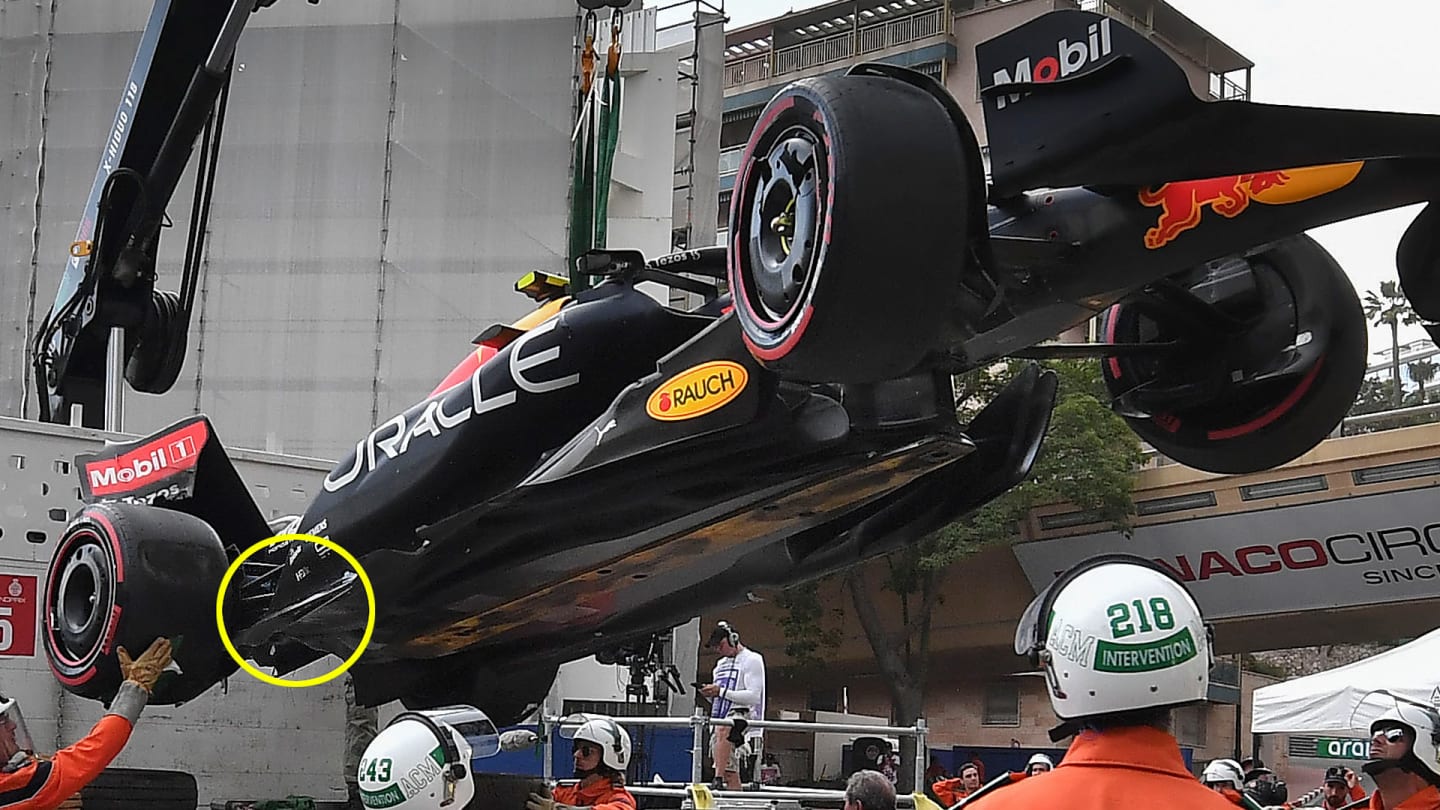
Sergio Perez's RB18 being lifted out in Monaco, with the 'ice-skate' location circled
There are also at least two distinct ‘mini-venturis’ within the tunnel – where the height changes to form diffusers to re-energise the airflow. Red Bull are not unique in this, but it’s another detail adding to the efficiency of the Red Bull underfloor.
Finally, just at the point where the floor begins to taper inwards ahead of the rear wheels, there is what has been termed an ‘ice-skate’ (above). The regulations allow a floor mini-wing ahead of the rear wheels, but don’t specify that it must be above the floor. Red Bull have interpreted this to form an additional strake – in metal to make it less vulnerable – on the underfloor there to help channel the air more aggressively towards the exit of the tunnel.
The Red Bull floor is visibly a more complex and sophisticated design than those on other cars. It is probably not a coincidence that it is relatively immune to porpoising yet still creates good downforce.
YOU MIGHT ALSO LIKE
FeatureF1 Unlocked F1 QUIZ: Spa-Francorchamps special – Test your knowledge of Grand Prix history at the historic Belgian track
News Alessandro Alunni Bravi to leave Team Representative role at Kick Sauber
News Williams confirm launch date for 2025 car as Sainz and Albon share excitement about new season
News Iconic Mercedes F1 car driven by Fangio and Moss goes up for auction

